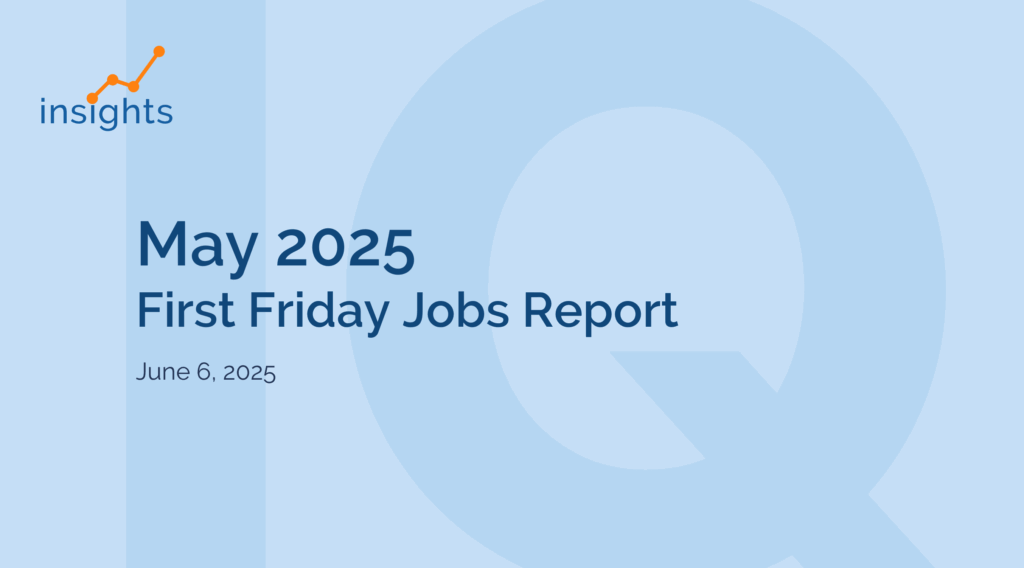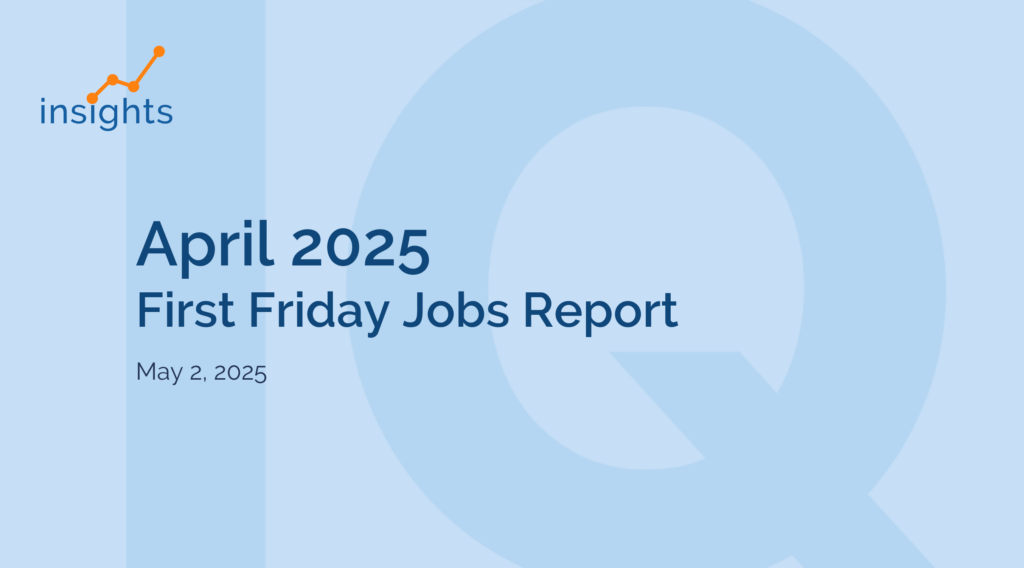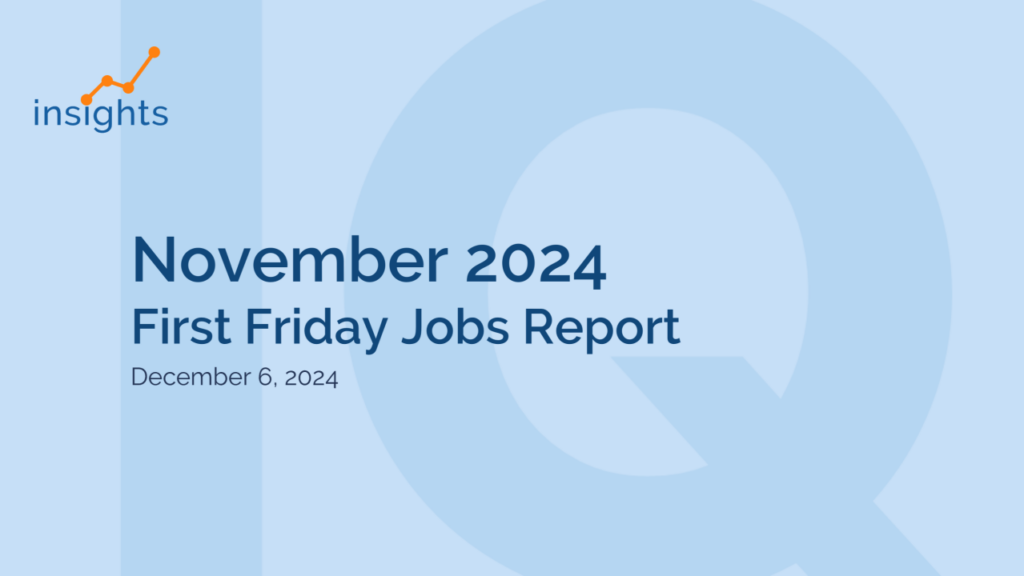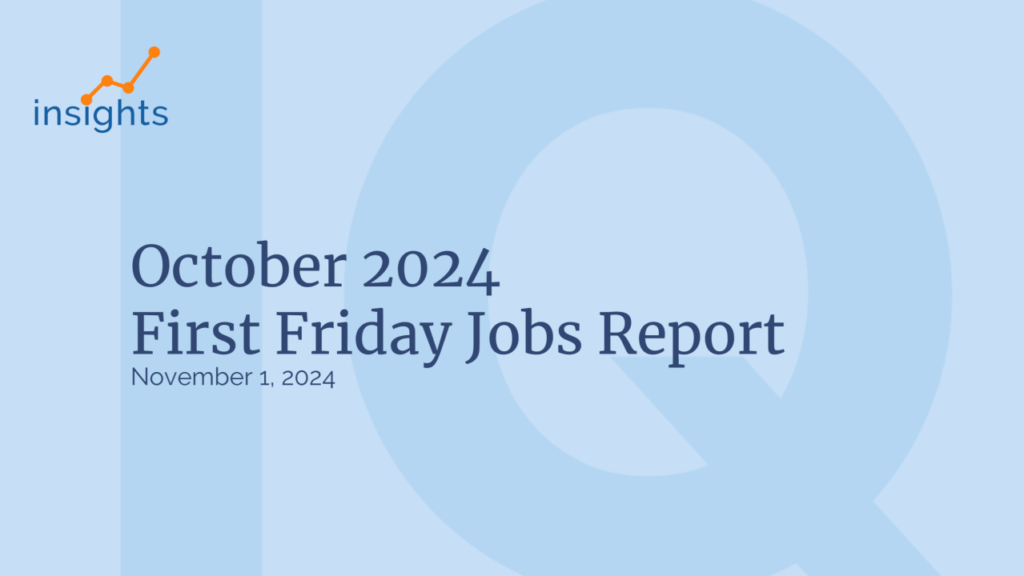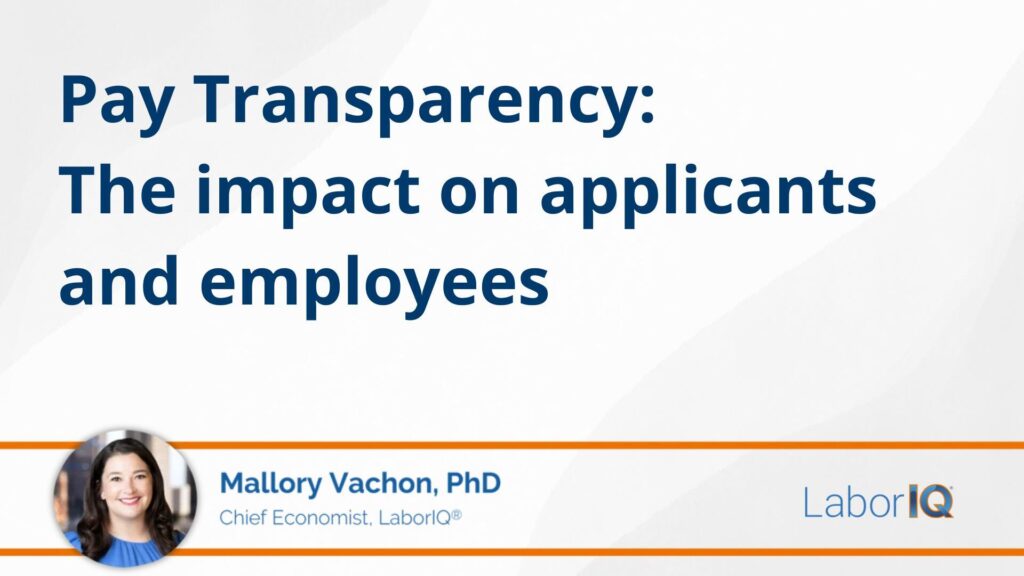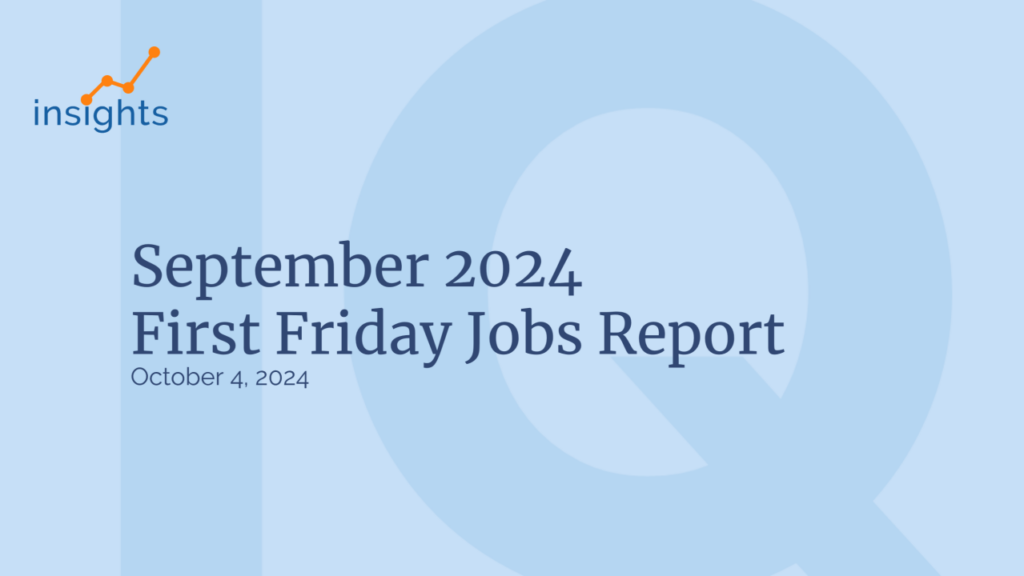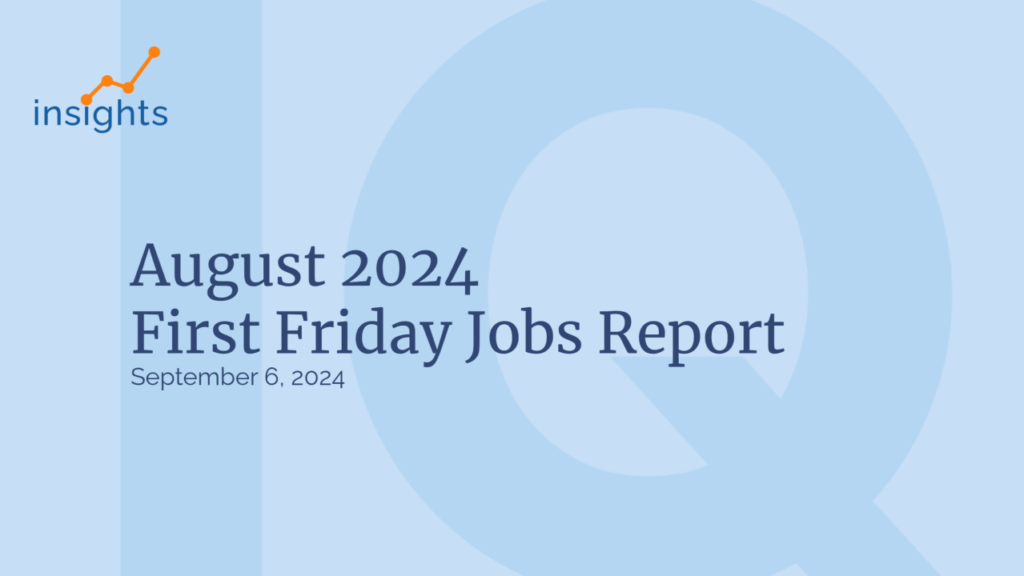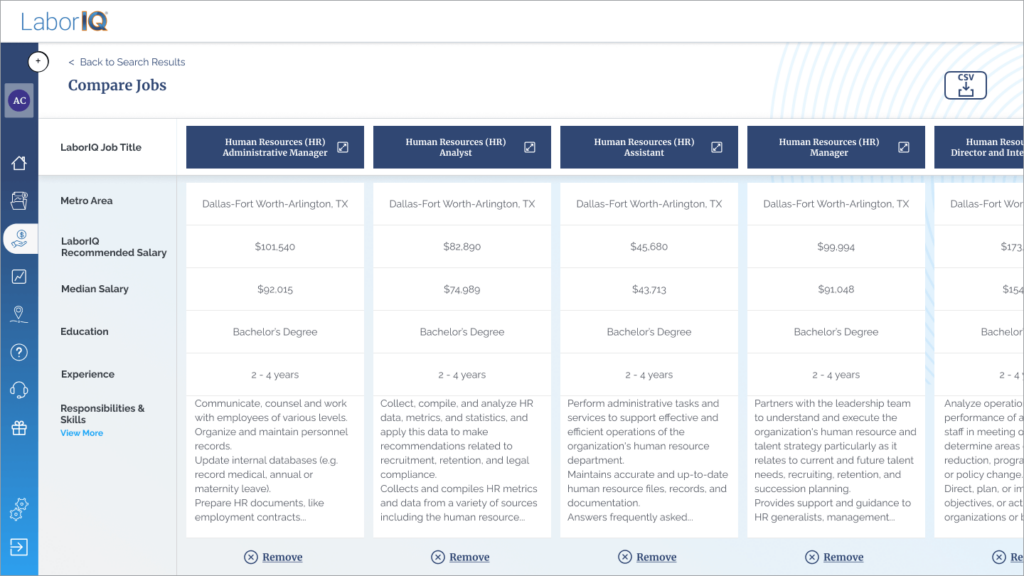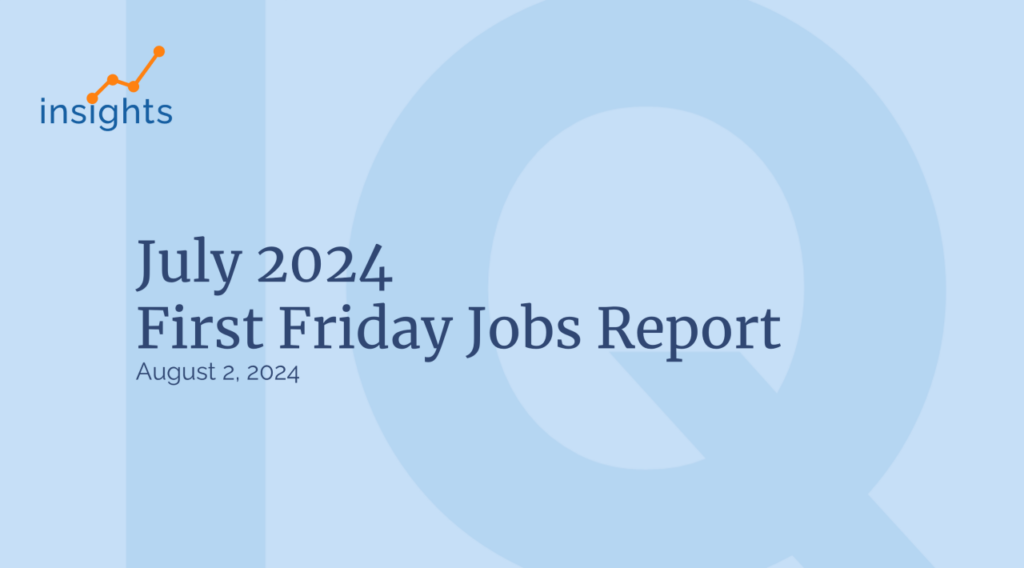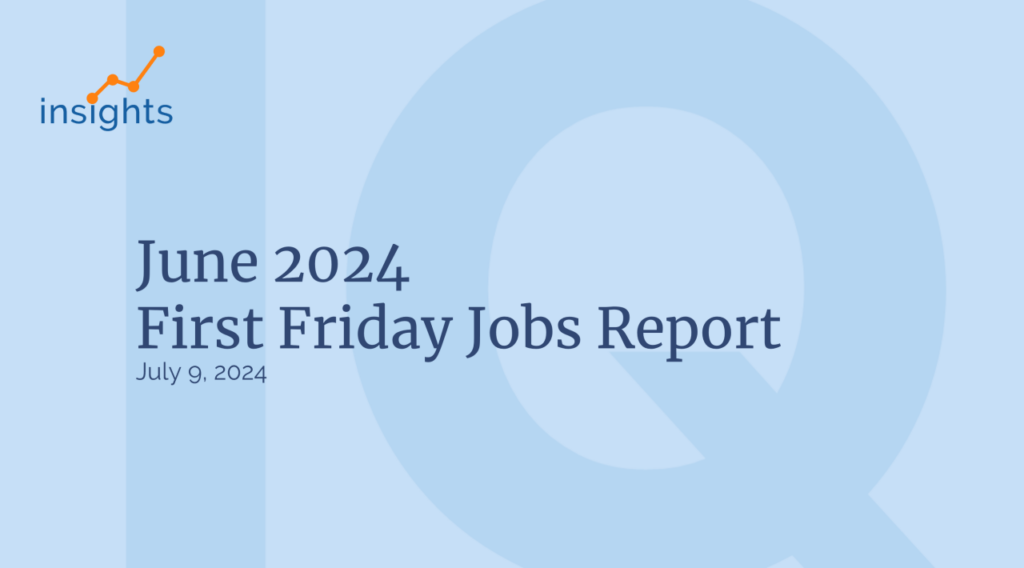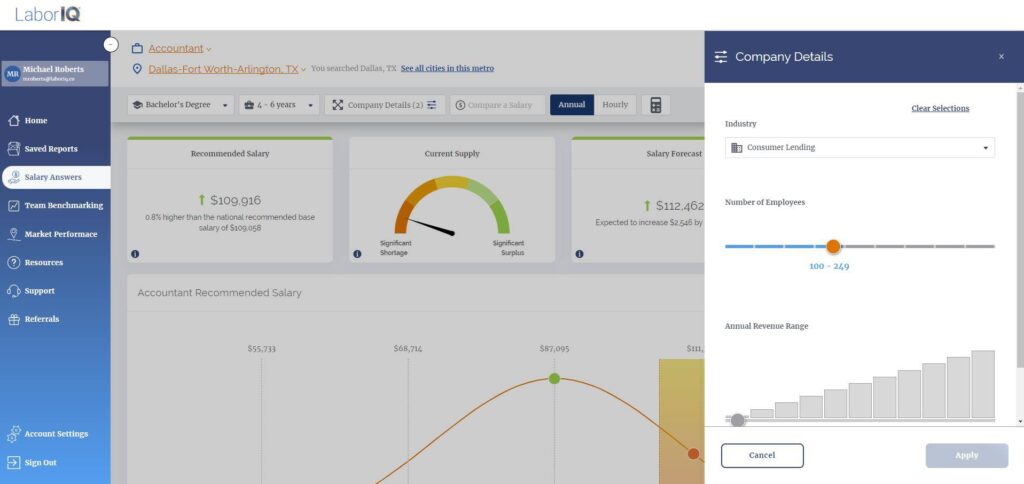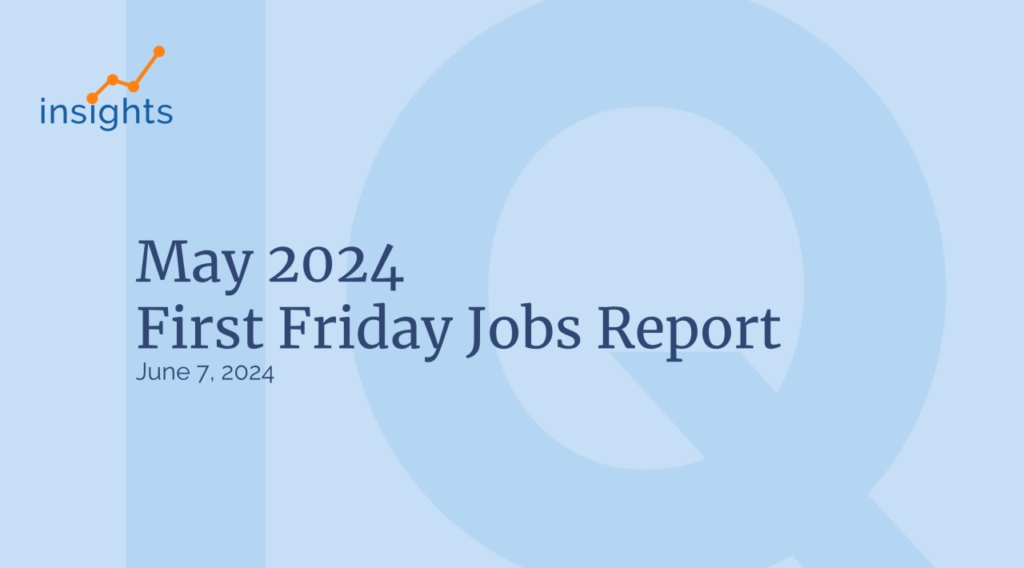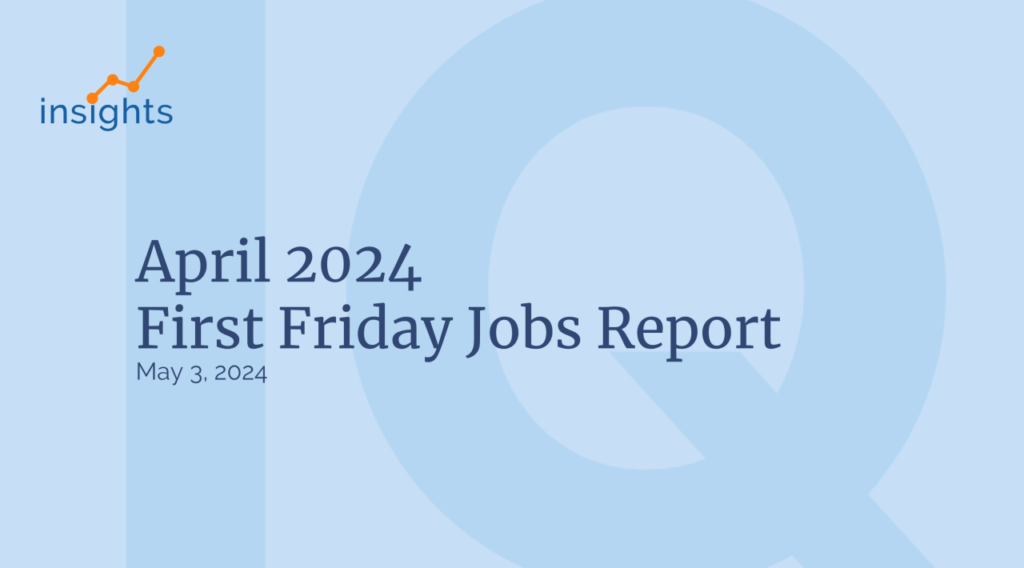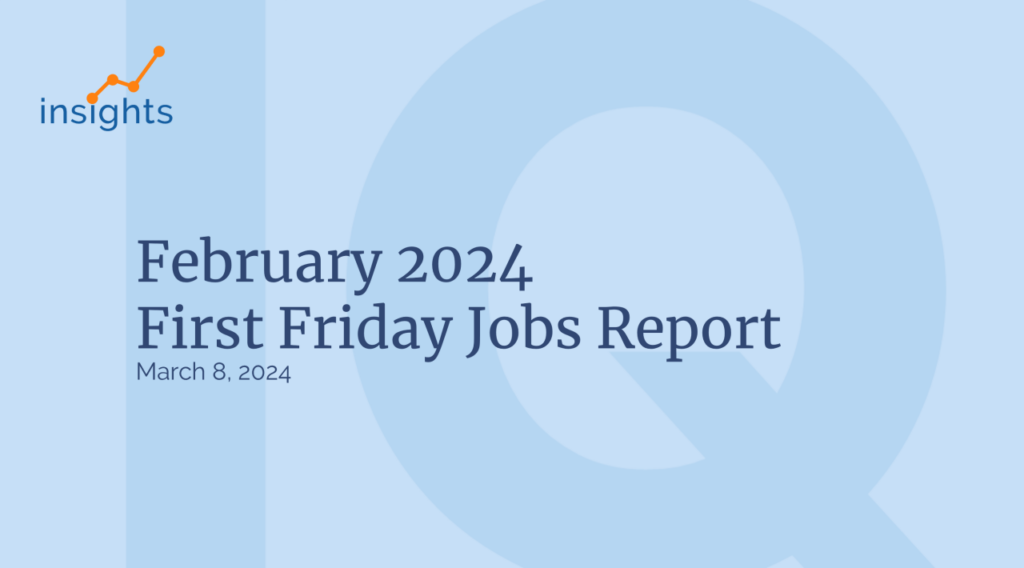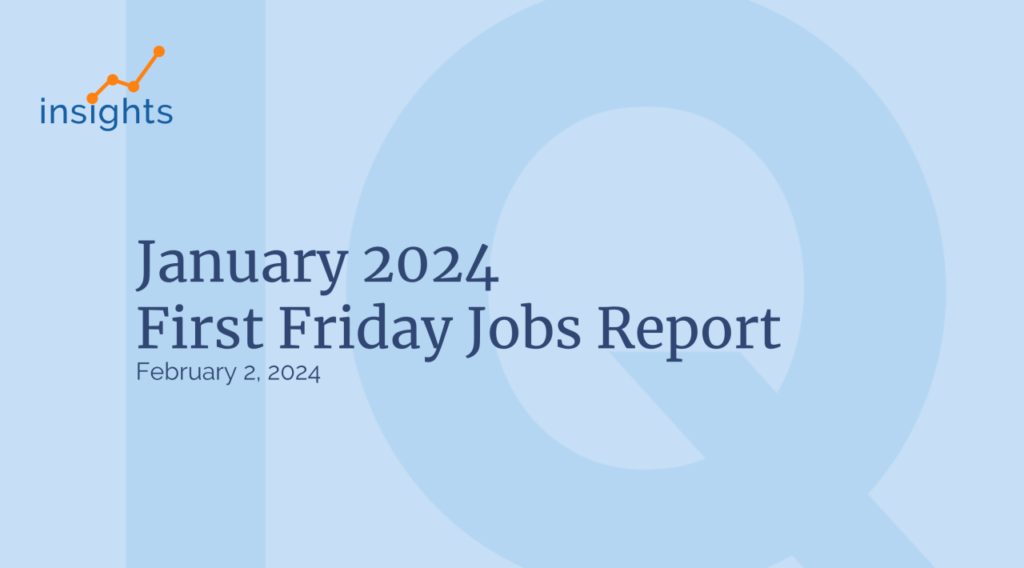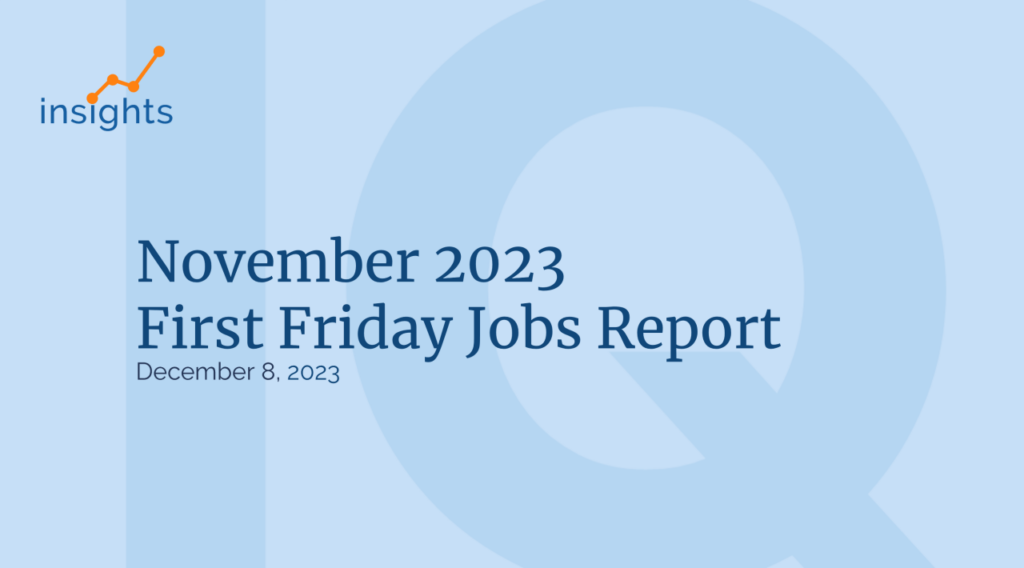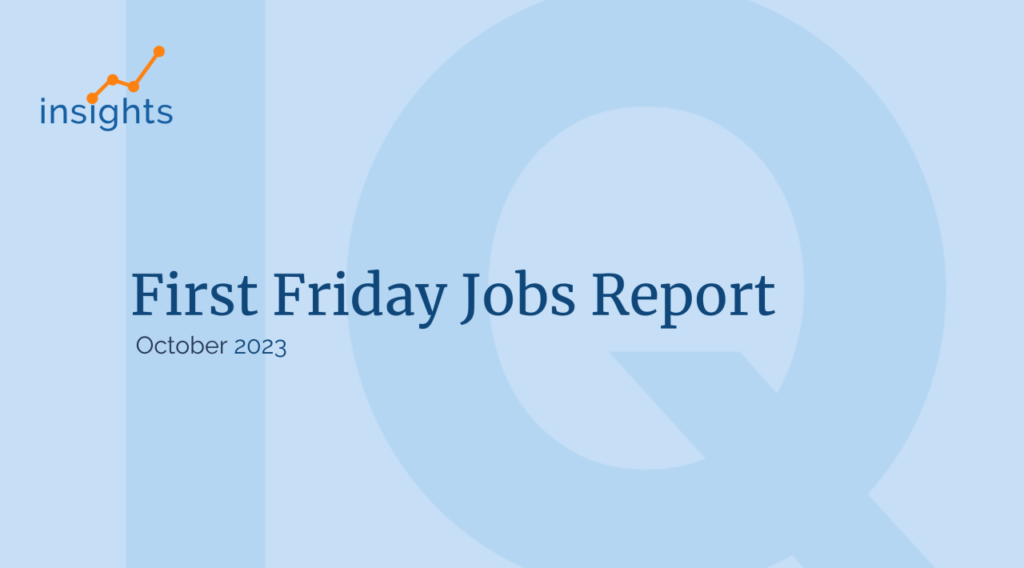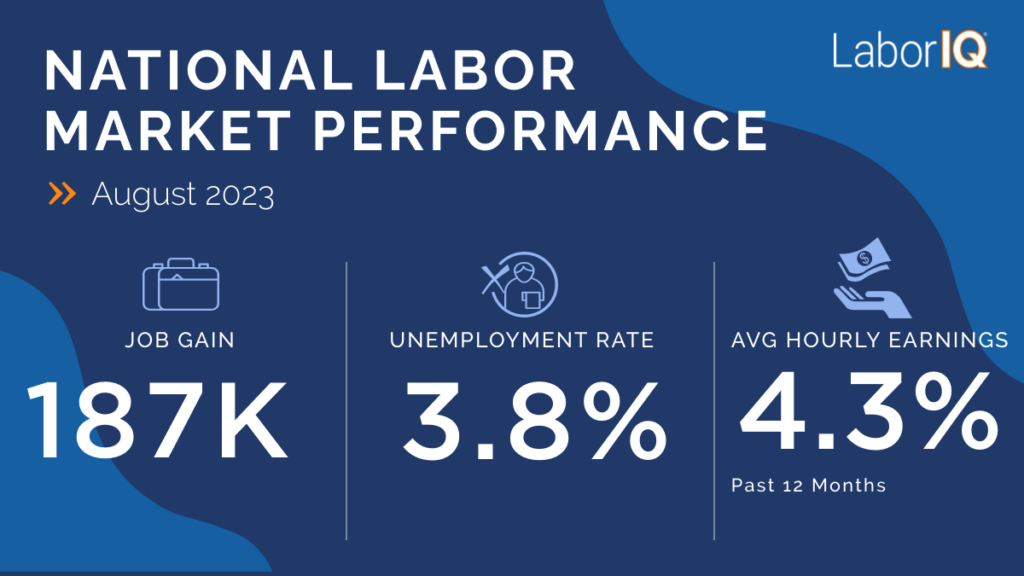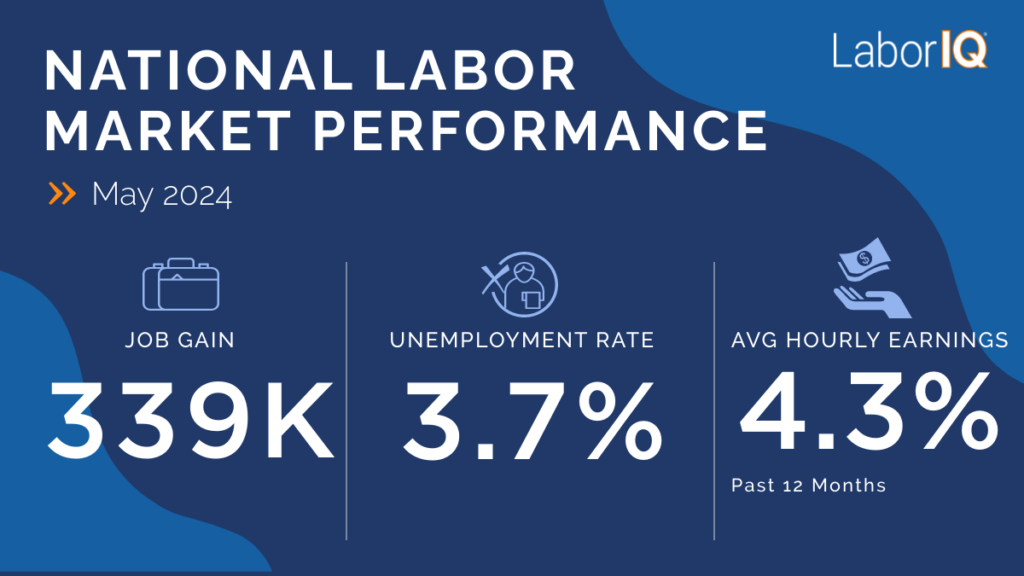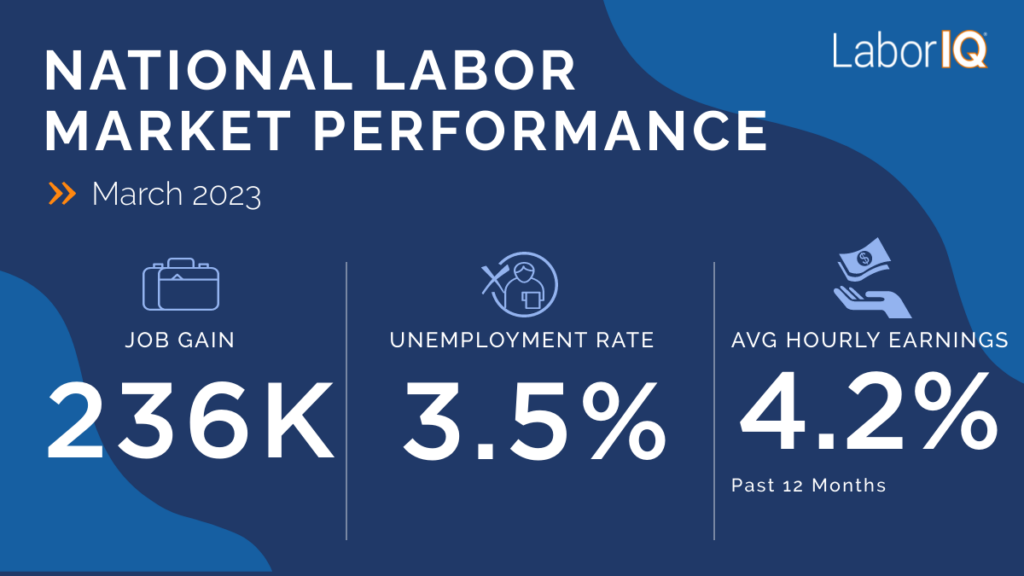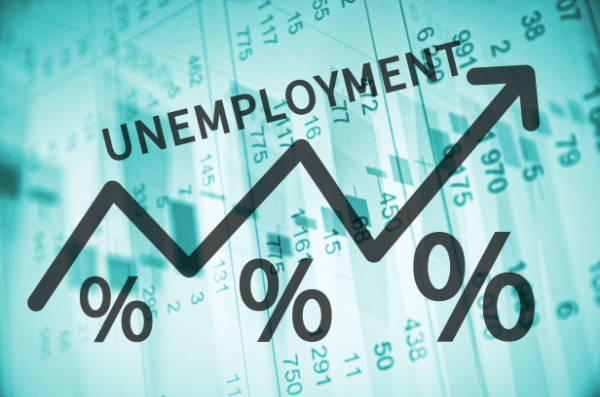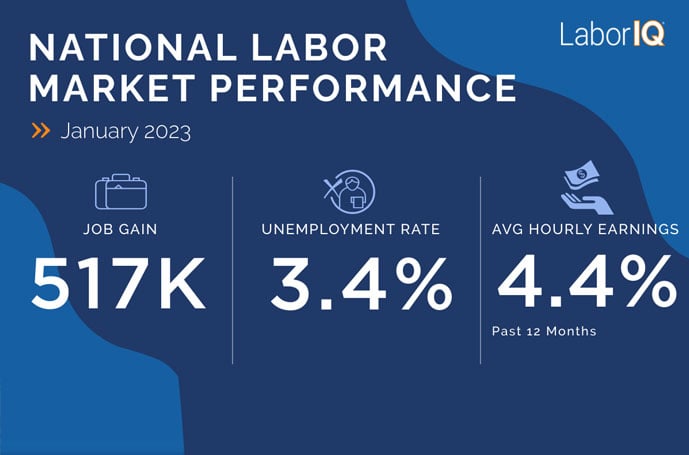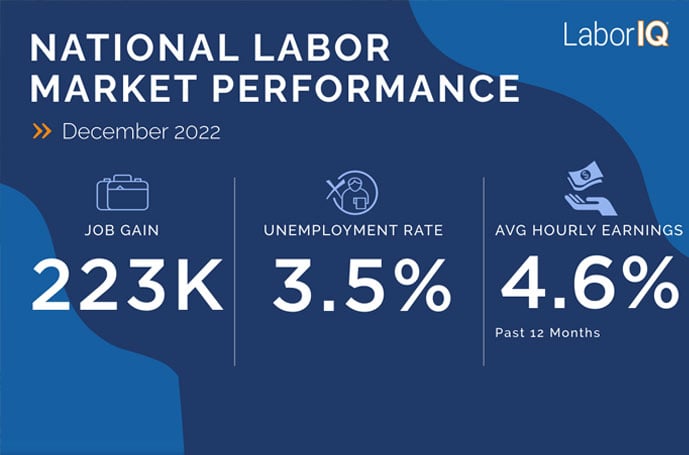The economy added 336,000 jobs in September, doubling economists’ expectations.
While the jobs report is mostly good news, the acceleration in hiring in September and upward revisions for July and August could be bad news for those hoping the Federal Reserve pauses or even reverses interest rate hikes. Wage growth and a hotter-than-expected labor market could continue to fuel inflation, which the Fed is looking to control with rising rates.
The 336,000 jobs added by employers in September suggest hiring has not let up as many expected, and the labor market remains resilient. While job gains have begun to normalize from the past two years’ record highs, September’s total exceeds the pre-pandemic average of 200,000 jobs added per month.
Over the past several months downward revisions have been the norm, but job gains for both July and August were revised upward by a total of 119,000, meaning the labor market was a bit stronger the past two months than the initial numbers indicated.
September’s job gains indicate that businesses remained confident in adding new positions in addition to backfilling open roles. September’s job gains – along with the revisions for July and August – bring the 2023 total to 2.3 million through the first eight months of the year.
Job Openings Surge
Job openings are a key indicator of labor demand. And August’s job openings, reported earlier this week, showed that the demand for talent is still out there. Job openings increased by 690,000 to 9.6 million. While job openings have come down from last year’s average of just over 11 million per month, they’ve remained persistently higher than the 2015 to 2019 average of 6.4 million monthly job openings.
As demand for workers starts to moderate, we’d expect record wage growth to ease, but September’s jobs report shows 12-month wage growth ticked down slightly to 4.2%. Wage growth has hovered in this range all year long and doesn’t seem to be slowing. But with inflation cooling, workers should start feeling some relief.
Unemployment and Layoffs Remain Low
Hiring is still in a healthy range, and layoffs have not increased at the pace many projected. Layoffs held steady in July at 1.7 million, below the 1.9 million monthly average layoffs before the pandemic.
The unemployment rate was unchanged at 3.8%. With 9.6 million job openings, and 6.4 million unemployed workers available to fill those open roles, there are 1.5 open jobs for each unemployed worker. And while things are easing up, the competition for talent will remain fierce.
2024 Outlook
For 2024, our prediction is continued moderation in the labor market, but that doesn’t mean an easy road for businesses. The labor force is not keeping pace with demand for talent, and unemployment remains near historic lows. With these headwinds, the labor market will remain incredibly tight and competition for talent is unlikely to let up.
Companies will need to watch the labor market and track compensation trends closely this year to stay competitive.



